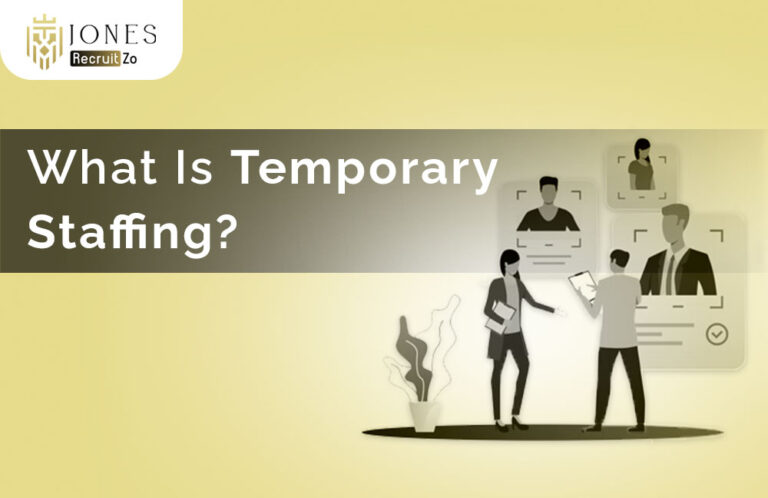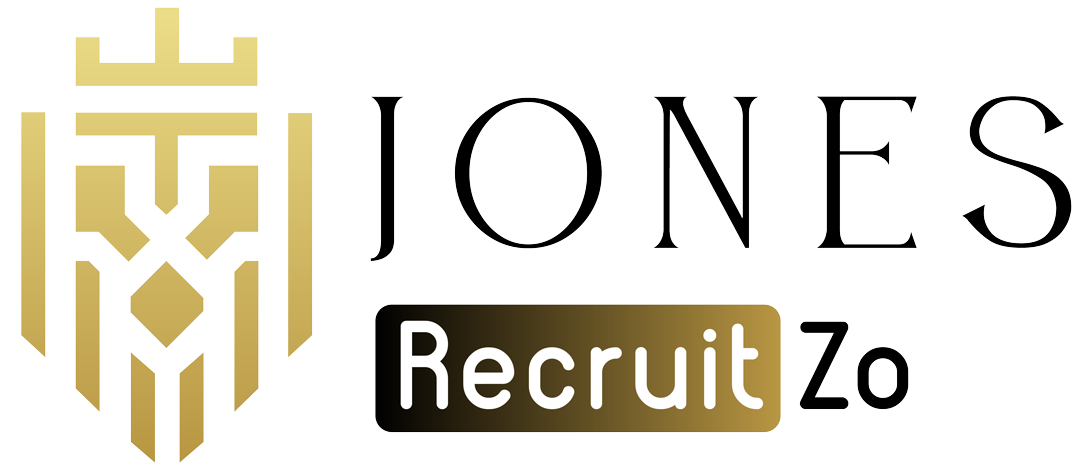What is Work Culture?
Work culture refers to shared values, beliefs, attitudes, and practices that define the environment within a workplace. It incorporates the way people in the workplace relate to one another, the kind of management practice in place, and the atmosphere that pervades the organisation.
A good work culture moulds employee behaviour, brings teams together, and propels the company toward its goals. It is the personality of the workplace, effectively impacting how work is done and how people feel about their jobs.
Why Is Work Culture Important?
Work culture refers to the well-defined culture in an organisation, determining the overall growth and success. It influences hiring and retention, satisfaction among employees, and even impacts the customer’s experience.
Better hiring choices
A healthy and clear work culture attracts such talent to your organisation. Any candidate who matches with the core values of your company is less likely to show any conflict of interest and reduces Employee turnover rates by making the entire environment harmonious.
-
Increases Employee Satisfaction
A positive work culture makes employees feel connected and motivated. When employees feel aligned with the values of their company and are appreciated for their efforts, it increases morale and job satisfaction.
-
Employee retention
Employees are more likely to stay with organisations where they feel valued and engaged. A supportive work culture reduces turnover, saving companies the cost and effort associated with frequent rehiring.
-
Boosts Productivity
A healthy work culture enables the employees to give their best. Clear goals, mutual respect, and good communication channels help the employees to stay focused, collaborative, and efficient.
-
Better Employer Branding
A company with a positive work culture develops a reputation in the industry. Happy employees often become brand ambassadors, attracting top talent and enhancing the company’s standing among competitors.
Elements of Healthy Workplace Culture
Healthy workplace culture provides an environment where the workforce feels empowered, encouraged, and valued. It seeks to promote trust, collaboration, and a sense of purpose while addressing the individual and collective needs of the workforce.
-
Flexibility & Versatility
A culture that embraces flexibility allows employees to maintain a healthy work-life balance through options like remote work, flexible hours, or adaptable roles. Versatility encourages employees to take on diverse tasks and challenges, helping them grow professionally while supporting organisational goals.
-
Autonomy & Empowerment
Empowering employees with decision-making authority and trust fosters a sense of ownership and responsibility. When individuals have the freedom to manage their tasks, they are more engaged, confident, and productive. Autonomy also builds accountability, contributing to better team outcomes.
-
Recognition & appreciation
Consistent recognition programs enhance Employee morale and strengthen workplace loyalty when efforts are acknowledged on the part of employees. Formal and informal actions of appreciation help the employees feel valued and motivate them to continue performing well in their job roles.
-
Workplace connection & sense of belonging
Building a sense of belonging through team-building activities, open communication, and inclusive practices helps employees feel connected to the organisation. When individuals feel part of a cohesive team, collaboration and innovation thrive, driving overall success.
-
Professional & personal growth
Providing opportunities for skill enhancement and career progression demonstrates an organisation’s investment in its employees. Supporting personal development through mentorship, training, and wellness initiatives ensures employees feel valued as individuals, not just as workers.
How to Create a Positive Workplace Culture
Creating a positive workplace culture requires deliberate effort and commitment from all levels of the organisation.
-
Define and Communicate Core Values
Core values are the heart of an organisation’s identity and guide decisions at every level. Clearly define these values and ensure that they are communicated to all departments through onboarding, training, and day-to-day activities. When employees understand and adopt these values, they are likely to act in line with the goals of the organisation.
-
Set Clear Goals
Clear goals provide direction and purpose to the employees and keep everyone working toward a common objective. These goals can be broken down into manageable milestones, with regular communication of progress to ensure team motivation. When expectations are transparent, then what employees do will be more effective and will churn better results.
-
Promote Open Communication
Such a culture of open communication encourages employees to voice their thoughts, concerns, and feedback without fear of judgment. Thus, regular meetings, anonymous channels for feedback, and approachable leadership can increase transparency and boost employee trust. Therefore, a communication-friendly workplace brings collaboration and innovativeness.
-
Recognise and Reward Employees
Recognition of employees increases the morale of workers and encourages others to achieve higher standards. Minor acts of recognition, such as public appreciation, bonuses, or awards, are enough to let employees feel appreciated and valued. A recognition culture helps build loyalty and reinforces good behaviour.
-
Commit to a Type of Workplace Culture
Decide on a workplace culture that aligns with your organisational vision, whether it’s innovative, collaborative, or customer-focused. Ensure this culture is consistently reflected in policies, leadership behaviour, and day-to-day operations. Committing to a specific culture helps establish a unique identity and fosters alignment among employees.
-
Provide Opportunities for Development
Invest in workforce development through training programs, mentorship, and career advancement opportunities. Development initiatives improve skills and boost job satisfaction and employee engagement. Employees with clear growth opportunities are less likely to leave the organisation.
-
Prioritise Employee Well-Being
Supporting employees’ well-being by offering services to ensure they are fit and healthy, both physically and mentally, including wellness programs and flexible work arrangements, can focus on well-being as a means to reduce burnout, increase productivity, and develop a healthy workplace. The better employees feel about being cared for, the more engaged and committed they are.
-
Promote Diversity and Inclusivity
Celebrate diverse backgrounds, experiences, and perspectives through an inclusive work environment. Make equitable hiring practices and employee resource groups, and ensure equal opportunity for everyone to be successful. Diverse and inclusive culture encourages innovation, deepens team collaboration, and boosts the reputation of the organisation.
FAQs
1) What is work culture?
Work culture is the set of shared values, beliefs, and practices that shape the work environment and employee interactions within an organisation.
2) What are the types of workplace culture?
Workplace culture can vary widely but often includes types like innovative, collaborative, hierarchical, customer-focused, and competitive cultures.
3) What makes a good company culture?
A good company culture is inclusive, supportive, and aligned with the organisation’s values. It fosters employee engagement, open communication, and opportunities for growth.
4) How to Create a Positive Workplace Culture?
To create a positive workplace culture, define core values, encourage open communication, recognize employees, and prioritise well-being. Additionally, provide growth opportunities and celebrate diversity.







